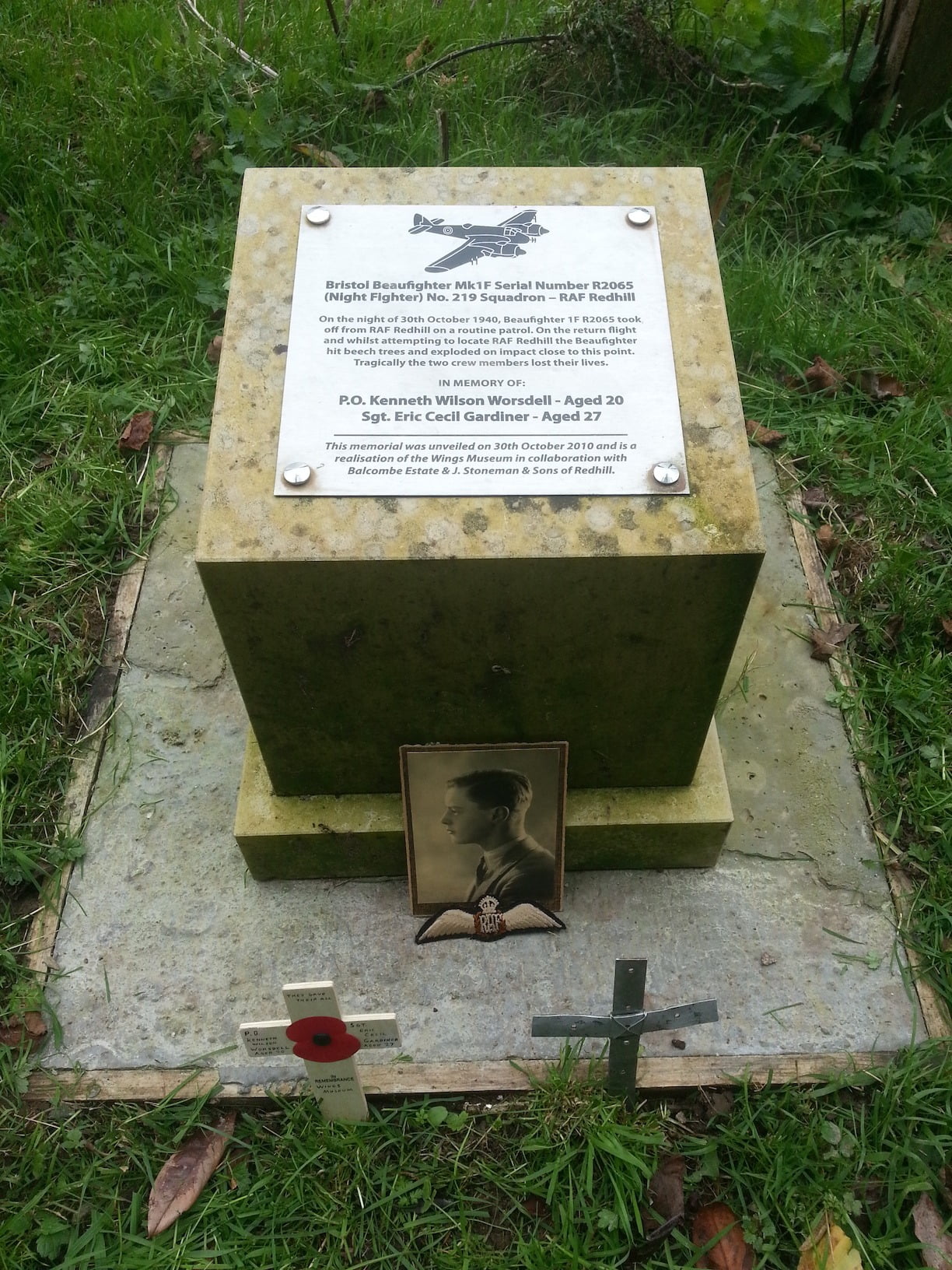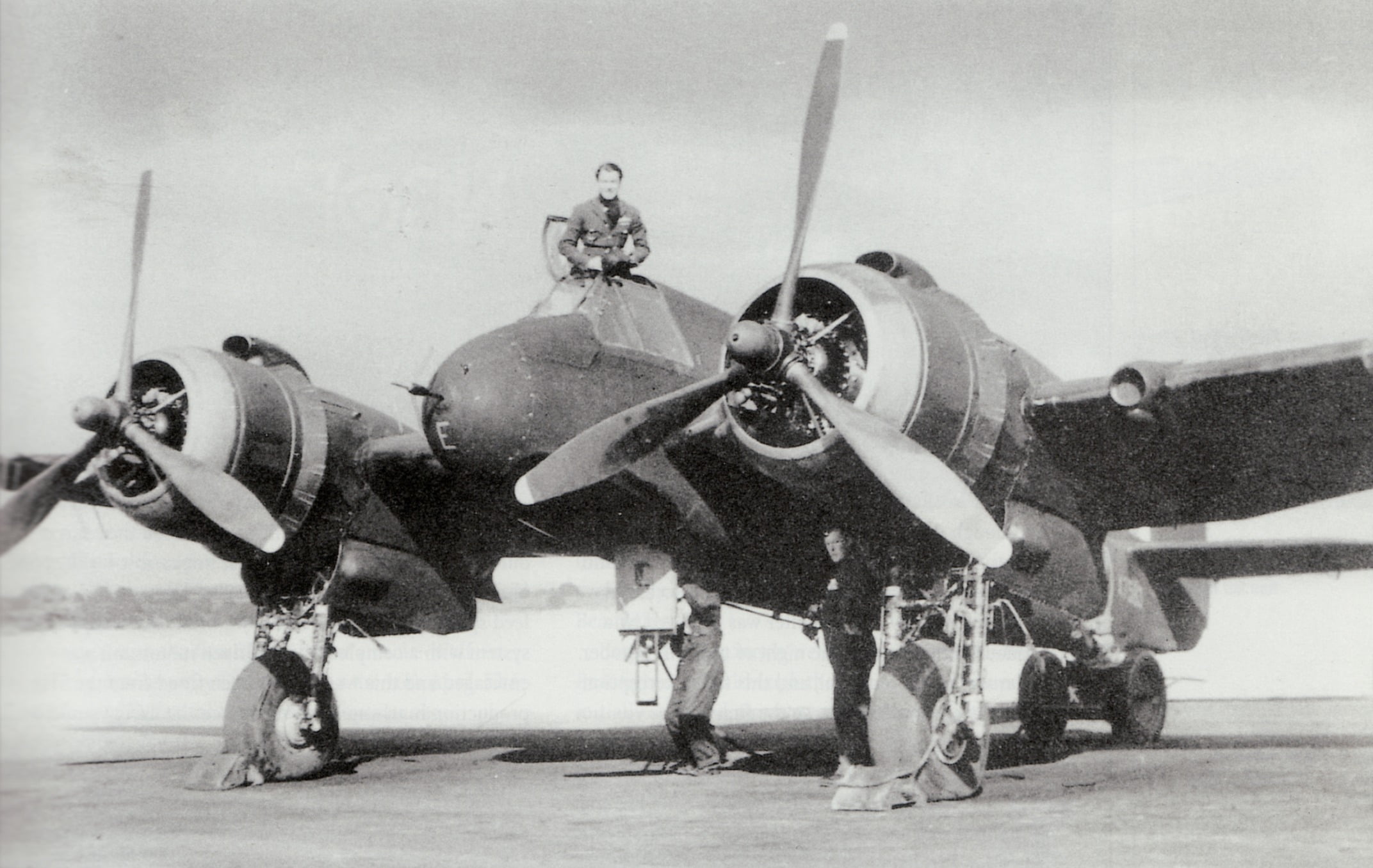
Marking the 75th Anniversary of the crash of an RAF Redhill based Bristol Beaufighter Mk1f that crashed in the night 30th of October 1940 when the aircraft hit trees on high ground at Balcombe Place in Sussex tragically killing the crew.The Wings Museum recently took delivery of the restored cockpit section of a Bristol Beaufighter Mk 1f – the same type and model that was lost on that fateful night.
RAF Redhill 1940 – The Blitz on London begins
During the autumn of 1940, as a result of a direct order by Hitler, London was at the height of an onslaught which was being carried out relentlessly by the Luftwaffe. In a desperate effort to break the morale of the British people, over 20,000 tons of high explosive bombs were unleashed on the city in a terrifying series of raids unlike the World had ever seen before. Over 20,000 people lost their lives in London alone and it seemed that nothing stood in the way of the waves of bombers which returned night after night. Apart from the hundreds of anti-aircraft guns, Britain had another vital secret weapon up its sleeve – Radar. During the autumn of 1940 No. 219 Squadron Royal Air Force was deployed to RAF Redhill were it would carry out patrols to hunt down the enemy.
Beaufighter R2065
On the night of 30th October 1940 Bristol Beaufighter R2065 from No. 219 Squadron took off from RAF Redhill in Surrey at approx 18.25pm for a routine patrol around the London area. At the controls were P.O. Worsdell originally from Bracknell in Berkshire and his Air Gunner Sgt. Gardiner from Pontefract. The squadron was one of the first to receive the Mk1 Beaufighter, the radar equipment carried in the nose of the aircraft was considered top secret at the time and would later prove invaluable to the RAF. R2065 was equipped with the MkIV AI (Airborne Interceptor) Radar which was still experimental at the time. RAF Redhill was less than ideal for the Beaufighter with its muddy grass runways and the station was not popular with the crews. Because of its geographical location and being situated on what was once a marsh, the aerodrome was more often than not shrouded in fog. The runway lighting was primitive to say the least, there were no runway lights, instead the crews relied on two ‘goose neck’ flares, one placed each end of the runway. The weather on the night of the 30th October 1940 was at first clear but quickly worsened to minimum visibility. It was on its return flight that R2065 tragically flew in to Beech trees at high ground near Balcombe in West Sussex, the crew were desperately trying to locate Redhill and were instantly killed instantly when the aircraft erupted into a ball of flame and metal.
The Crew of R2065:
P.O. Kenneth Wilson Worsdell – killed on active service, buried at Nutfield Cemetery Surrey. Aged 20 and from Bracknell, Berkshire
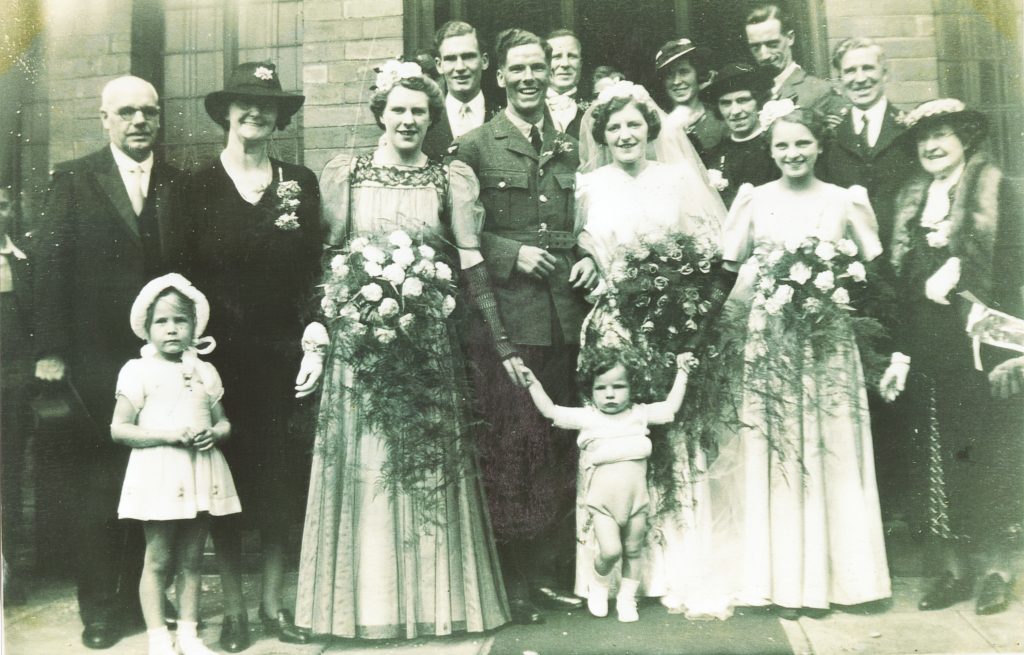
Sgt. Eric Cecil Gardiner – killed on active service buried at Pontefract Cemetery. From Pontefract. Aged 27
A memorial for the crew of R2065 was dedicated on 30th October 2010.
The Beaufighter cockpit will soon be painted in the colours representing an RAF Redhill No. 219 Squadron Night Fighter that took part in the latter stages of the Battle of Britain. ‘B’ Flight of No.219 Squadron became the first Beaufighter unit to be declared operational and on the night of 25th October Sgt Arthur Hodgkinson shot down a Dornier (either a Do 17 or Do 215), the first enemy aircraft to be shot down by the Beaufighter in WW2.
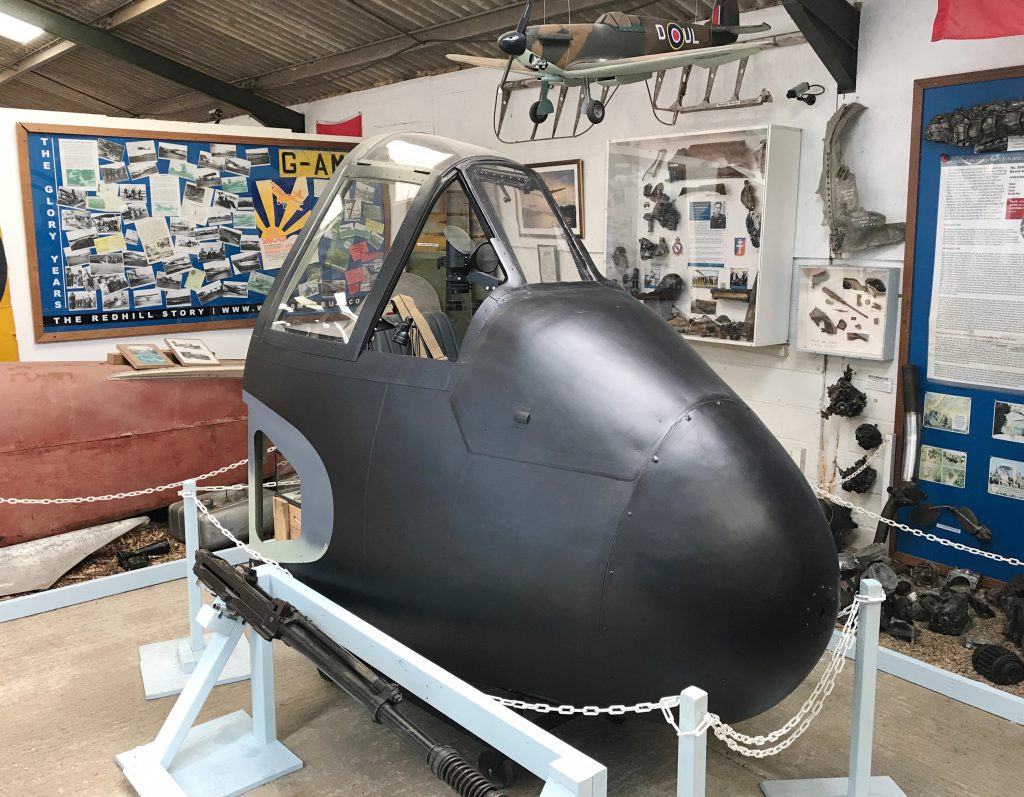
The cockpit arrived from Australia at the docks in early September 2015 and is on display at the Wings Museum. The cockpit which formed the basis of the rebuild was one located in a scrap yard in Cape Town in South Africa in the 1980s.

The Investigation begins: MOD Licence Number 1626
We first visited the site of R2065 on 31st Jan 2009, but returned many times after that. Below can be seen a few photographs from our first visit, one frosty January day.
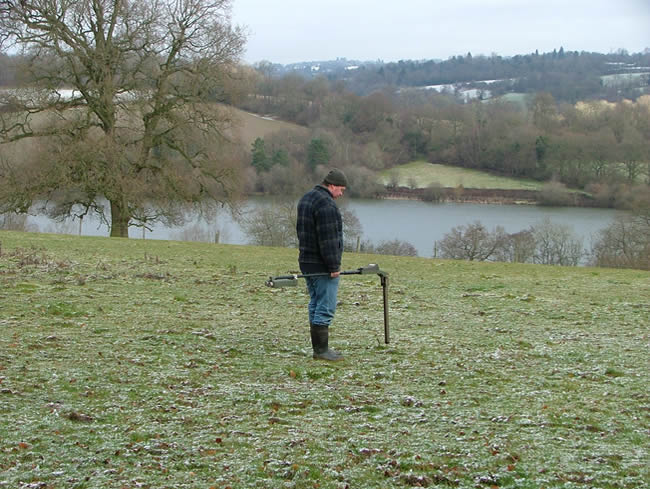
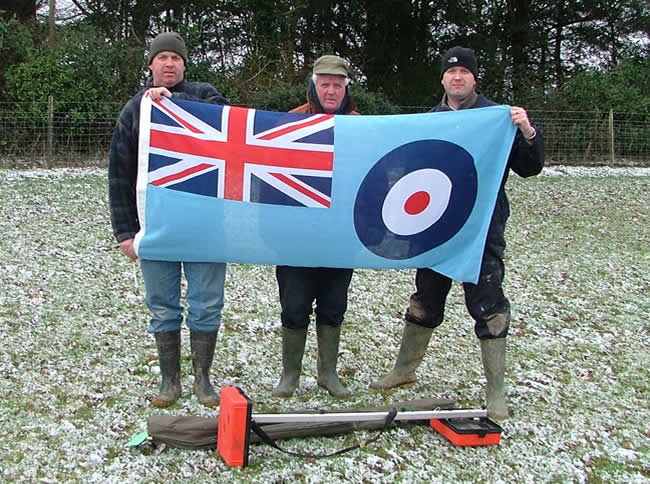
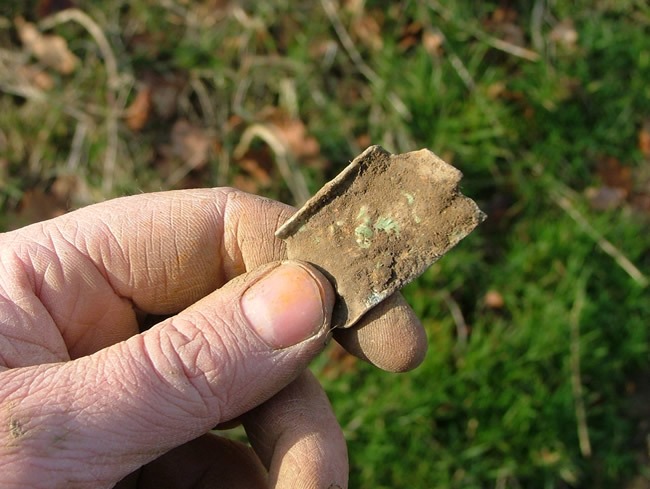
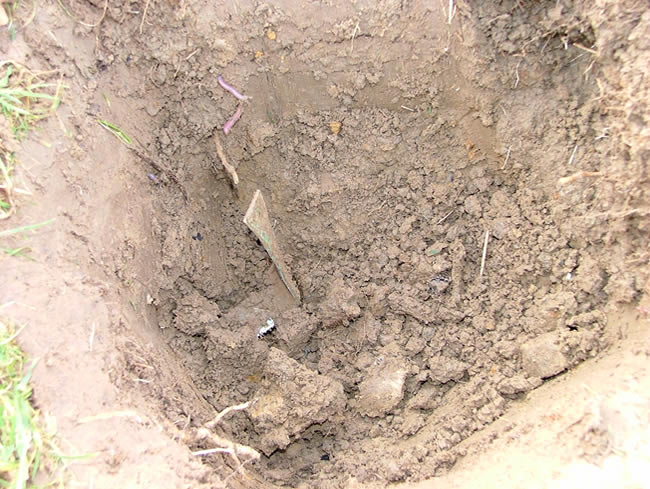
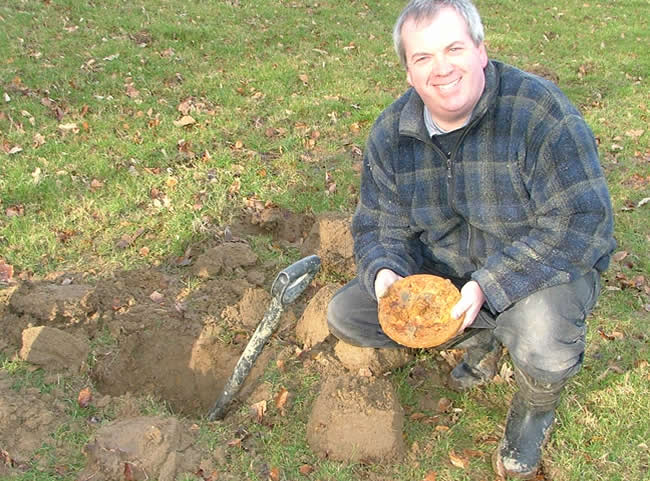
Having received the licence from the MOD, we finally carried out an extensive hand dig where deep readings had been recorded earlier in the year.
It became apparent to the team early on that the aircraft had not deeply penetrated the ground, confirming eyewitness reports that large sections were seen on the surface and removed the next day by an RAF recovery team. Nevertheless, some interesting finds were discovered enabling a display to be featured in the RAF Redhill section of the museum.
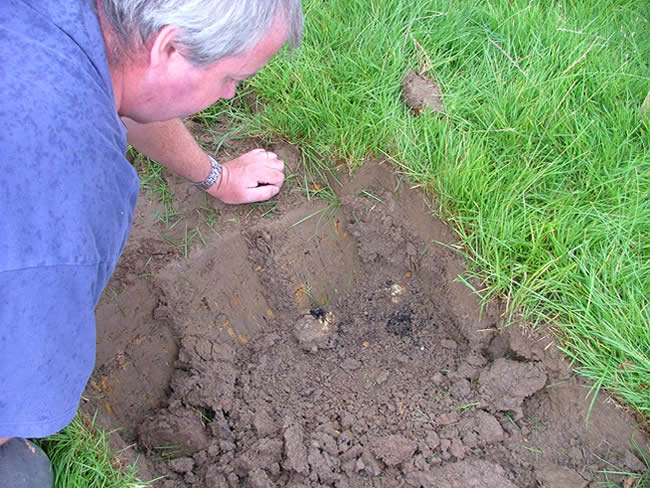
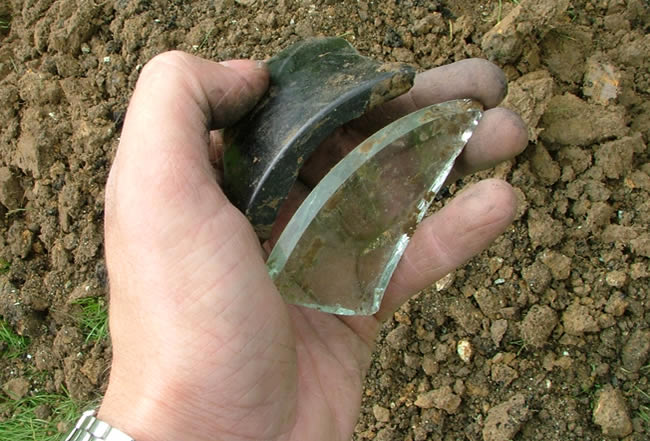
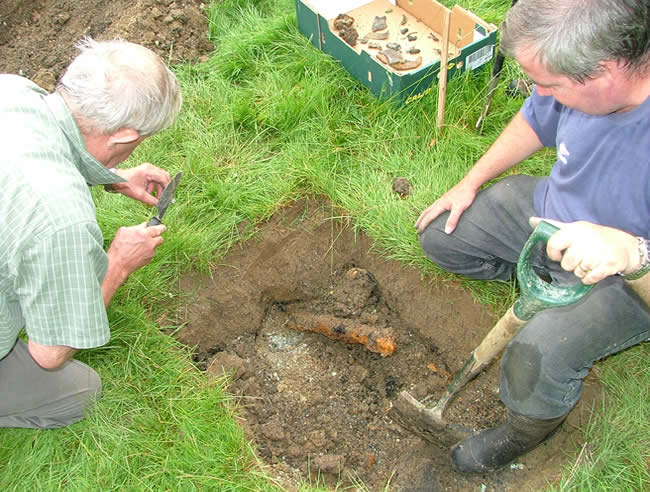
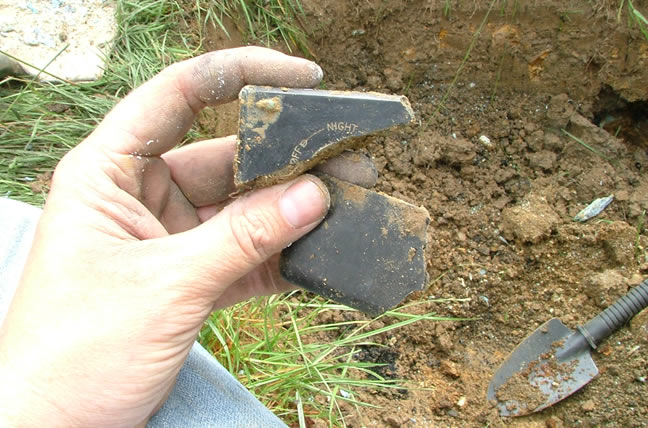
See more of the finds…. R2065 Finds
